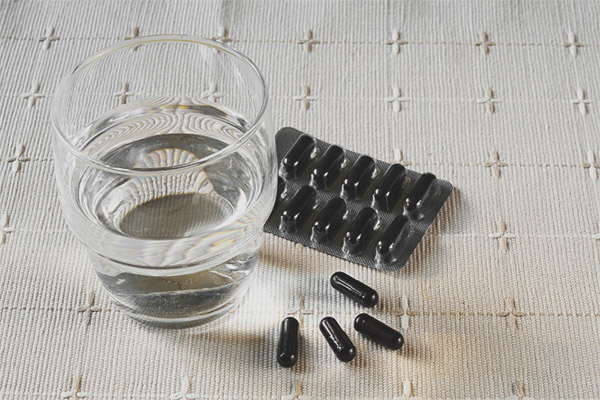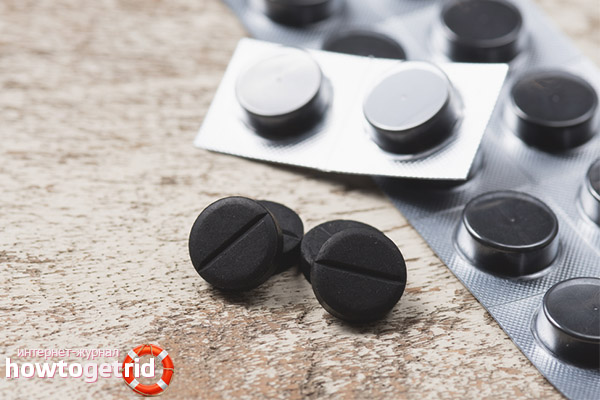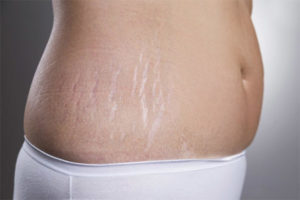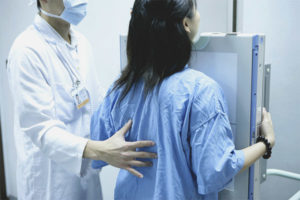The content of the article
The most popular and well-known intestinal adsorbent for more than three hundred years is activated charcoal. Everyone in the home first-aid kit can see the packaging with black pills. He is remembered at the first signs of poisoning, indigestion, diarrhea.
Fact! In the annotation to the drug is not marked - is it possible to use these pills during lactation, but this is not a reason to thoughtlessly use the medicine.
Can I use this drug for HB?
During the breastfeeding period, mothers look at medications with caution. They try to endure the discomfort and pain in order to protect the infant from chemicals that with mother's milk will inevitably fall into the immature body of the infant.After all, everyone knows that a nursing woman is a conductor of useful substances that are valuable for the development of the child, as well as harmful components - with a negligent attitude towards such a scrupulous and crucial moment in the life of a mother and baby. Partially this statement can be dispelled. There are a number of medications that are not absorbed into the mother’s blood, therefore, they are not delivered to the infant’s body. These drugs include activated carbon.
If there are doubts about the appropriateness of the use of a particular drug, and the instruction does not seem convincing, it is worth referring to more authoritative independent sources of verified information.
APILAM is an altruistic, non-state association for breastfeeding research. Employees of the association are working to improve the physical and psycho-emotional health of the mother and baby. The official site maintains an online e-lactation reference book, which can be accessed in English and Spanish. It is thanks to this source that one can get rid of doubts when necessary.drug treatment.
There are four degrees of risks from the use of drugs:
- "Very low". These are those drugs that have no harm on the body of the infant. All medications included in this list are permissible during lactation.
- "Low". When using, if necessary, tablets or other dosage forms from this list, it is important to adhere to the indicated dosage. If the instructions are followed, they are acceptable during the breastfeeding period, but finding a safer drug would be the best solution.
- "Tall".
- "Very tall".
The latter two degrees are not applicable at all for the treatment of women at the crucial moment in their life. If you need to use them, you will have to temporarily abandon the natural feeding of the child or, if possible, move the schedule of attachment to the breast.
No less important, a recognized source of reliable data can be the World Health Organization, which is the coordinating and guiding authority in health care.
By contacting these resources for information, you can be sure of the safety of activated carbon intake during lactation.This substance is a "very low risk" hazard preparation. According to WHO, coal is listed as a drug for people of any age, including children under 12 years old.
In the event of a need, a woman breastfeeding a child can, without worrying about the consequences, take activated charcoal. This does not require any changes in the diet, as the drug is not absorbed into the intestinal wall and does not enter the circulatory system. Entering the composition of milk activated carbon is excluded completely, therefore, poisoning is not possible.
Important! Coal is able not only to bind and remove toxic substances, but also in its power to remove valuable for the body vitamins, minerals and trace elements. This suggests that a long course of use without special need is undesirable. The permissible dose should not be higher than prescribed by a doctor.
In what cases is charcoal shown for use?
- Indigestion due to malnutrition, lack of enzymes.
- Fermentation in the intestines, the processes of decay, rotting.
- Flatulence in the intestines, excessive accumulation of gases, bloating with painful symptoms.
- Atopic dermatitis.
- Bronchial asthma.
- Acute form of poisoning.
- Allergic reactions.
- Increased acidity in the stomach.
- Diseases accompanied by toxic syndrome.
- Diarrhea.
It is also advisable to use activated carbon before the examination by means of X-ray or ultrasound in order to reduce gas formation and to achieve more accurate indicators of the equipment.
Contraindications
Due to the fact that it is a medical drug, it is also indicated for use not for everyone. There is a group of people who should refrain from taking activated carbon:
- People with individual immunity to the drug.
- Open bleeding ulcers in the gastrointestinal tract.
- Relaxed bowel muscles.
- Persons taking other drugs of similar action.
Despite the fact that coal is considered harmless, lactating women can only be used as directed by a doctor.
Possible side effects
When consuming coal tablets during lactation, one may encounter side effects:
- Disruption of the digestive system.
- Constipation or diarrhea.
- Change the color of feces (pronounced black).
- Preventing the entry of nutrients into the body.
Important! While undergoing a course of treatment with other drugs, a mother should know that coal can weaken their effect, reduce the effectiveness of treatment. The interval between taking drugs or food should reach an hour and a half.
How to apply activated carbon
The dosage of one pill is 0, 25 g, the permissible daily dose for a woman during breastfeeding is 8 g (32 tons). If it is necessary to eliminate dyspepsia, for example, the dose is divided into 4 doses. Therapy can last 5 days, and when removing the allergic reactions of the body - can last up to 14 days. Acute poisoning requires an increase in dose to 30 g one-time.
Important! During lactation, a woman cannot prescribe dosage and medications to herself. Treatment takes place according to the recommendations of the attending physician.
Analogs of activated carbon for use by a nursing mother
Nowadays there are still people who use activated charcoal to treat colic in babies. Although this can not be done. Children under 3 years of age should not use this drug. For kids, a more convenient form of release is sorbent powders “Smekta”, “Enterosgel”, “Polysorb”. The doctor will prescribe at his discretion the necessary drug.
When resorting to the help of activated carbon, moms should not be afraid of negative consequences, since they are almost impossible to harm. But we should not forget that there are modern, more effective drugs that can be used to treat digestive disorders in both children and adults.
Video: what kind of medication is possible when breastfeeding












To send